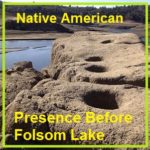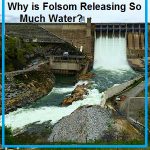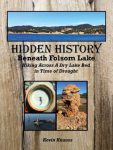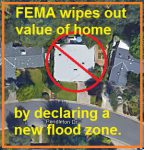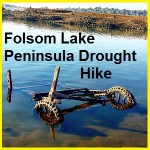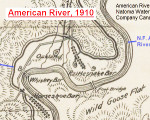Most of the homes that are most directly threatened by a fire at Folsom Lake are in Granite Bay and El Dorado Hills. There are only a few scattered homes above and around the Peninsula Campground. Ironically, it is the peninsula that has some of the best fire suppression features. There are more meadows with fewer trees. Fewer people visit the Peninsula Campground Park because it can be difficult to access, especially when towing a boat, from Highway 49. There are also wide dirt roads that act both as fire break and allow for fire trucks to reach areas burning. In contrast, large swaths of Folsom Park land in Granite Bay and El Dorado Hills have only small dirt footpaths with limited access for large fire trucks. There is more human activity in these areas as they are close to recreational access points.


